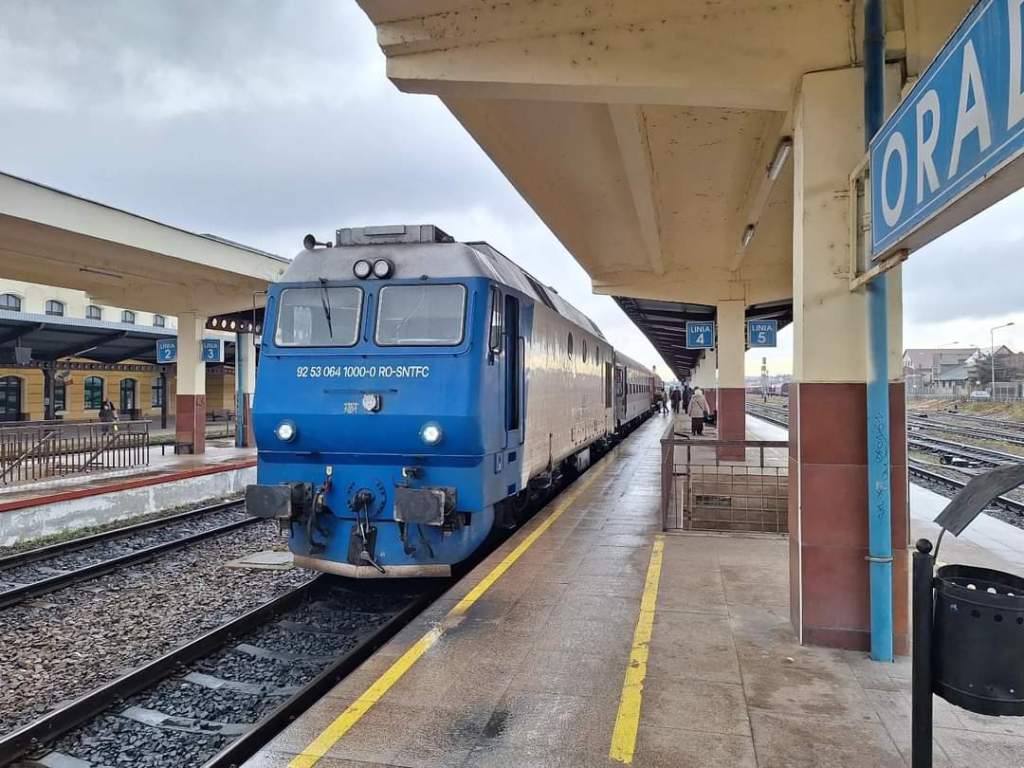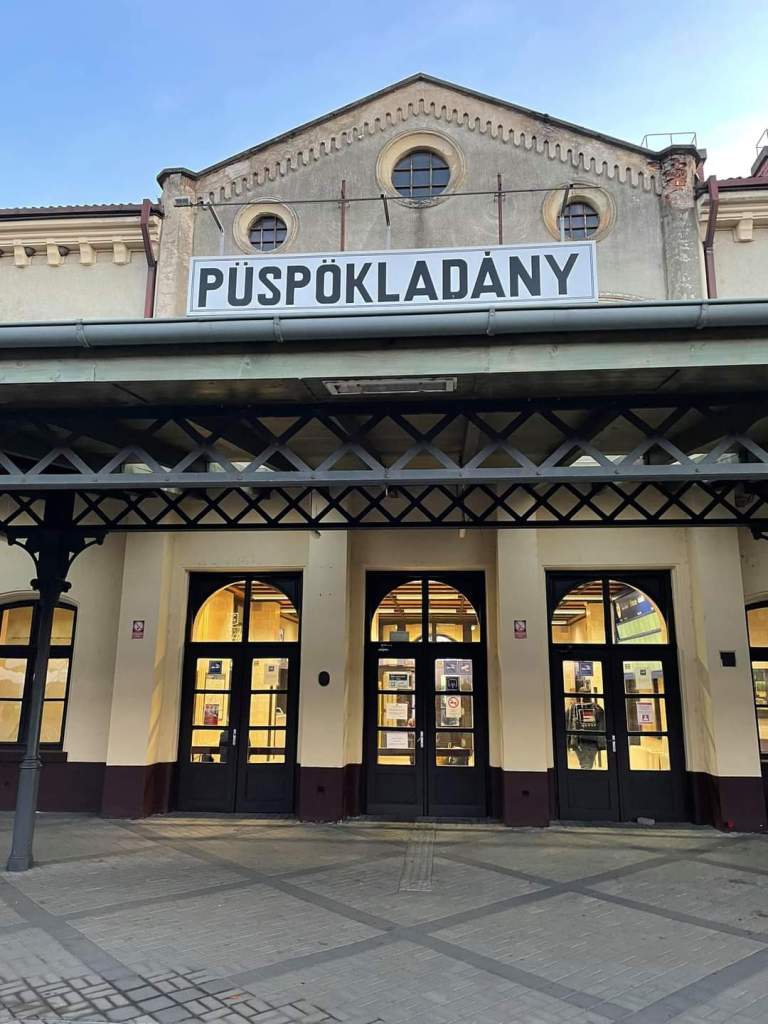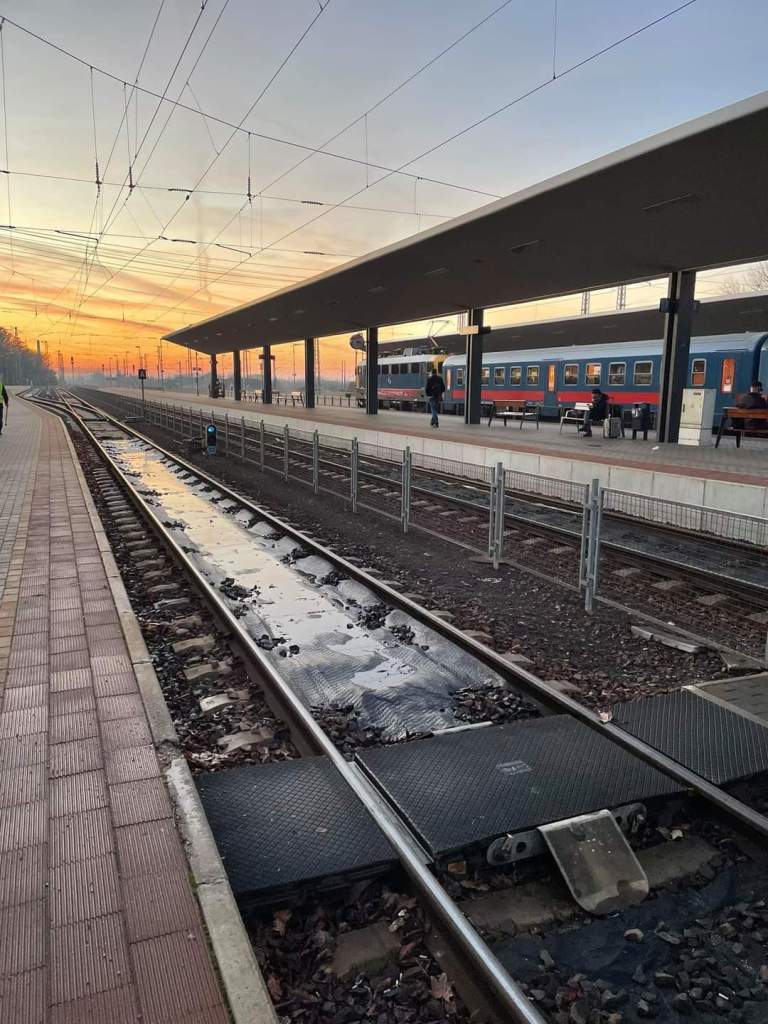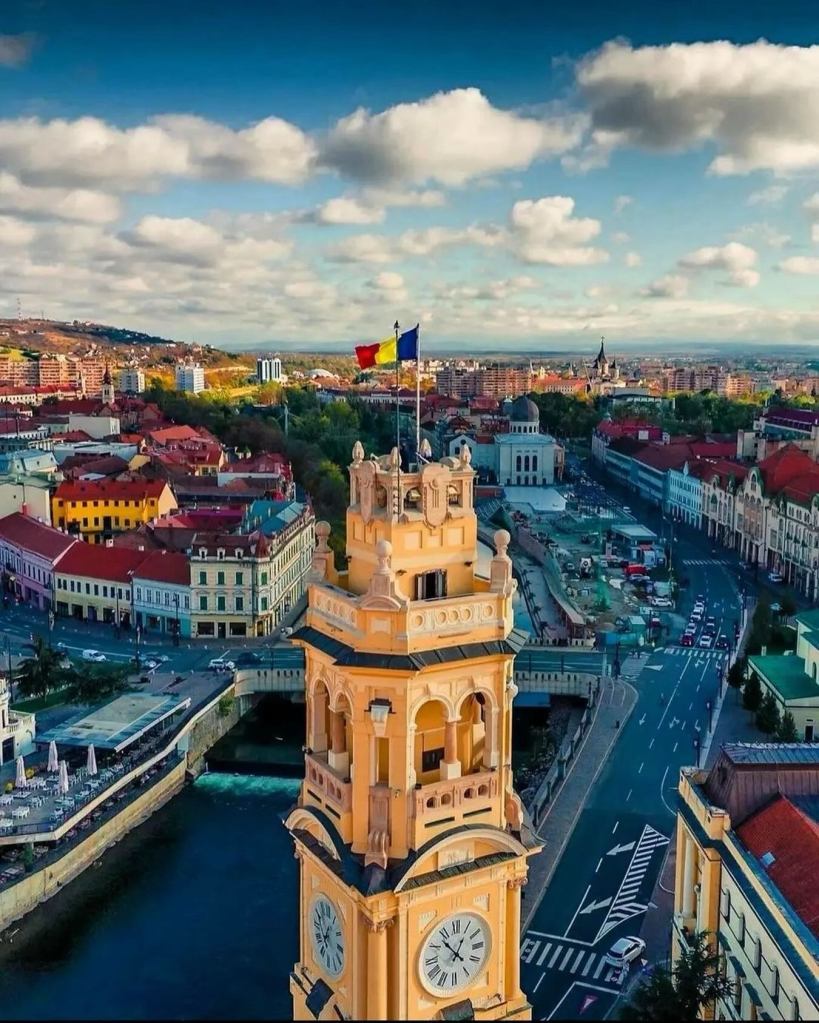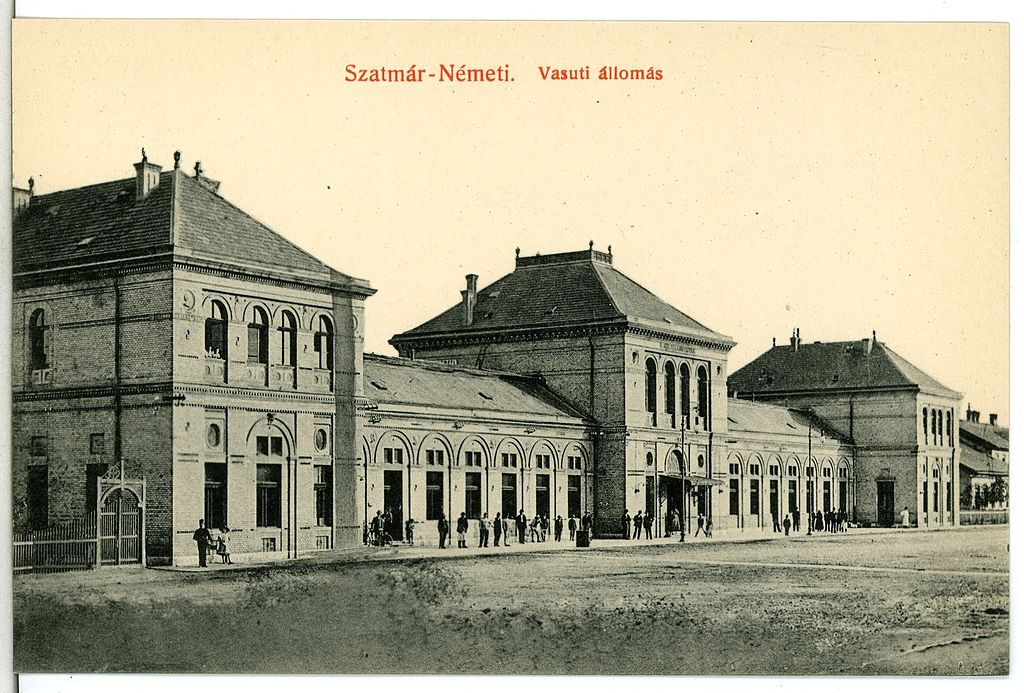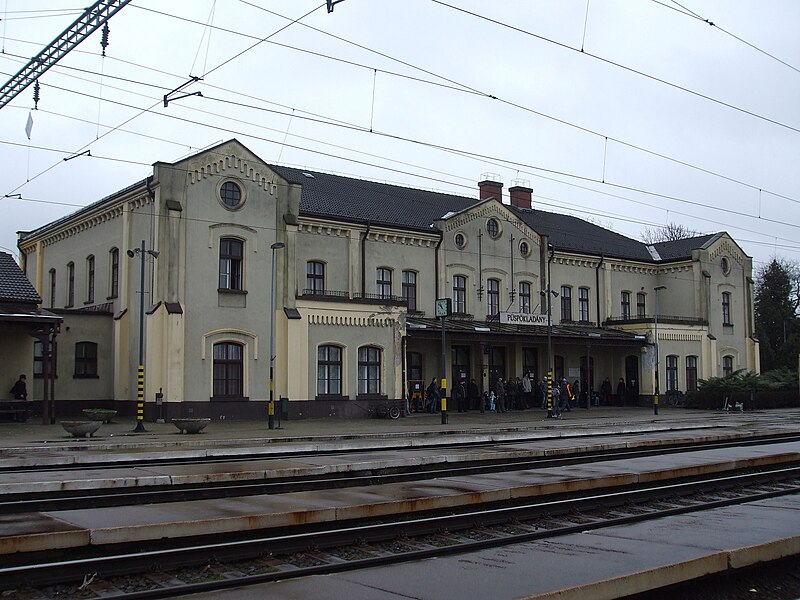Berehove in the southwestern extremity of Ukraine is a long way from anywhere. The nearest major European city is Budapest. Too bad for Berehove that it is cut off from it by the Hungary-Ukraine border. Berehove is 800 kilometers from Kyiv, home of the Ukrainian government which is the ultimate authority over the town. Kyiv must seem impossibly distant to the ethnic Hungarian population in Berehove. While Hungarians have a long and illustrious history across many regions and cities in Eastern Europe, Kyiv does not happen to be one of them.
These days ethnic Hungarians in Berehove and Transcarpathia find themselves in a strange geopolitical netherworld. Their main source of support comes from Budapest, but they share in the plight of everyone in Ukraine. Because Ukraine is now under attack, so is its ethnic Hungarian population. Some might say that they have divided loyalties, other less diplomatic types would call them a potential fifth column. This is because they are supported by a Hungarian government which maintains a friendly relationship with the Russian government, and which is on tense terms with the Ukrainian one. I would say that the ethnic Hungarians in Berehove are caught in a difficult situation. They should be used to that by now, as should so many other Hungarians that live in the lost lands beyond Hungary.

Standing guard – World War II memorial in Berehove (Credit: Богдан Репетило)
Downward Trend – An Intractable Issue
Developing an itinerary to visit the lost lands can be depressing. No matter where I decide to go, I am confronted with a version of the same story. One that is sadder than it is uplifting. Ethnic Hungarians in these regions are a dwindling proportion of the population. They are holdouts against demographic and geopolitical tides that have been going against them for over a century. The Hungarian presence in the lost lands is fated to a slow decline that looks inevitable. There will be Hungarians in these areas for centuries to come, but their numbers will be fewer and fewer. The countries in which they hold citizenship are not overly concerned with their plight. They never have been. Bad blood between Hungarians and the ethnic groups they once ruled over still surfaces from time to time. The media makes a great deal of these occurrences, as do politicians looking to stir up nationalism. This is a distraction from an important story that fails to get reported. A story that is simple. That makes it no less shocking.
Hungarians and the dominant ethnic groups of the nations in which they live are all in demographic decline. Birth rates in Romania, Serbia, Slovakia, Slovenia, and Ukraine are abysmal. The young head abroad in search of economic opportunities. Villages which were once the lifeblood of the region have been hollowed out by decades of migration. All these factors are enough to send anyone to the bottle. Many take advantage of that option. Homemade palinka (plum brandy) has been known to help alleviate stress. The only problem is the user wakes up the next morning suffering from the same problem, plus they have a headache. Contemplating the demographic decline could give anyone a raging headache without help from a bottle. It is an intractable issue that has been unsolvable. By the 1990’s, birth rates in Eastern Europe were in decline. They have never stopped.

Lest anyone forgets – Monument to the victims of World War II and communism in Berehove (Credit: ЯдвигаВереск4)
Circular History – Vicious Cycles
Ethnic Hungarians and all the other ethnic groups (dominant or non-dominant) in Eastern Europe are caught in a vicious cycle. That will be old news to them. Sometimes the entire history of Eastern Europe seems like one long vicious cycle. The elusive search for economic prosperity, ethnic friction, wars that lead to greater upheavals, endemic corruption, vast inequality, these are long standing problems. The cliché that those who do not learn from history end up repeating it, does not really apply here. Eastern Europeans have repeated history once again, but many of them voted with their feet. Heading for greater opportunities in the rest of Europe. This is the same thing they did in the late 19th and early 20th century when they migrated by the millions to North America. Heading abroad acts as an escape hatch from troubles at home. This also starves the region of its best and brightest. For Hungarians in the lost lands, migration starves their communities of its most invaluable resource, ethnic kin. If all this was not enough, ethnic Hungarians in Ukraine have a war to worry about as well.
Ukraine has never been in the news as much as it has over the past 800 days. This is for all the wrong reasons. Russia’s unprovoked invasion has brought genocidal violence and horrific levels of suffering to much of the country. Every city, town, and village in Ukraine has been affected in some manner. This demonstrated how expansive and unyielding the war has been. Ukraine is the largest country entirely inside of Europe, a nation larger than France. And yet there is not a single place in Ukraine that has managed to escape the war. No matter how far from the front lines, the war’s effect can be felt. There is nowhere in Ukraine more remote from the front lines and far-flung aerial bombardments than Zakarpattia Oblast, a forgotten corner of the country that shelters in the shadow of the Carpathian Mountains. If Zakarpattia is forgotten, then Berehove is downright obscure.

Witness to history – Elderly Woman in Berehove (Credit: Adam Jones)
Under Fire – War Changes Everything
The inhabitants of Berehove, the largest majority Hungarian town in Ukraine, have reason to fear war as much as anyone. War has been unkind to ethnic Hungarians in Transcarpathia. World War I resulted in the region being taken from Hungary and becoming part of Czechoslovakia. In the leadup to the Second World War, Hungary regained control of Transcarpathia. This was a twofold disaster for those who identified as Hungarians in Berehove. First, the Hungarian speaking Jewish population were departed to death camps after the German Army occupied Hungary in the spring of 1944. An entire culture and thousands along with it were destroyed in a matter of months. Then the Soviet Red Army roared into the area later that same year. They raped, murdered, or deported for slave labor thousands of ethnic Hungarians. This history left permanent scars on the population. Now another large war consumes Ukraine and is making its presence felt in Transcarpathia.
Coming soon: A Dangerous Game – Berehove, Transcarpathia & Russia’s War In Ukraine (The Lost Lands #18)













